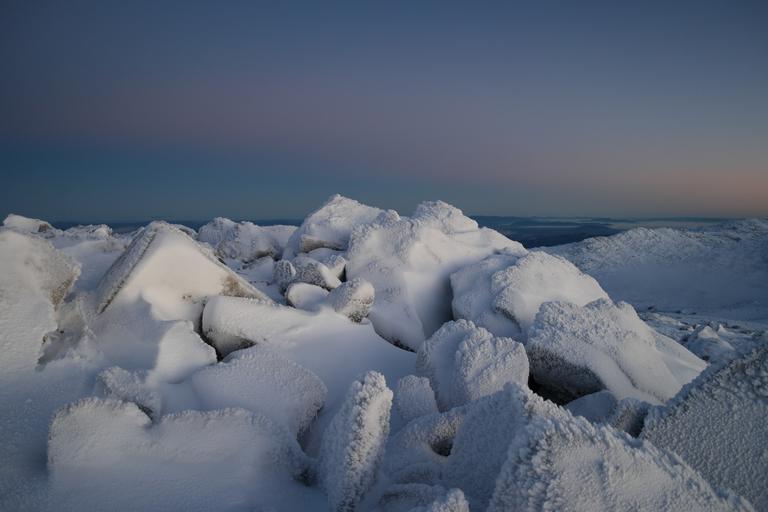Introduction
Art has always been a mirror reflecting the intricacies of human emotion, culture, and societal changes. As we navigate the realms of creativity, the significance of aesthetic qualities becomes increasingly apparent. In contemporary art, where boundaries are often blurred between traditional and modern techniques, understanding these qualities can enhance our appreciation for various artistic expressions. This article delves into the diverse aesthetic trends in modern art, focusing on aspects like self-expression in art, photography techniques, and the emotional reflections that resonate through different visual forms.
Understanding Aesthetic Qualities in Modern Art Trends
Aesthetic qualities in modern art encapsulate the principles and elements that appeal to our senses and emotions. They play a crucial role in how we interpret and engage with art. From vibrant color palettes to innovative techniques like linocut printing and abstract portrait styles, every choice an artist makes contributes to their work's overall aesthetic.
The Role of Aesthetic Photography
Aesthetic photography has emerged as a prominent trend within the broader spectrum of visual arts. It emphasizes beauty, composition, and emotional resonance. Many photographers adopt this approach to capture fleeting moments that evoke feelings or tell a story.
Capturing Moments in Photography
When discussing aesthetic photography, one cannot overlook its foundational purpose: capturing moments. Whether it’s a breathtaking landscape or an intimate self-portrait photograph, these images encapsulate experiences that resonate with viewers on multiple levels.
- Techniques Used: Various photography techniques are employed to elevate aesthetic quality—lighting adjustments, framing choices, and post-processing all contribute significantly. Visual Storytelling: Photographers often utilize their medium to tell stories visually; this is especially evident in genres such as street photography or documentary-style captures.
Self-Portrait Photography as a Medium of Self-Expression
https://squareblogs.net/ofeithtlrd/the-allure-of-lake-shores-fine-art-photography-inspirationIn recent years, self-portrait photography has gained traction as an essential form of self-expression in art. Artists use it to explore their identities while presenting unique narratives about themselves.
Exploring Identity through Self-Portraits
Self-portraits allow artists to delve into personal themes of identity. This exploration may align with broader societal discussions surrounding gender, race, or mental health.
- Faceless Portraits: An intriguing subgenre is faceless portraits—images where the subject's face isn't visible yet conveys deep emotional content through body language or settings.
Contemplative Photography: A Journey Within
Contemplative photography invites viewers to slow down and observe their surroundings thoughtfully. It's about finding beauty in mundane moments and elevating ordinary scenes into extraordinary works of art.
Emotional Reflection through Contemplation
This style encourages personal reflection and connection with nature or everyday life. The focus here is less on technical prowess and more on emotional engagement.
Portrait Styles: The Evolution Over Time
Portrait styles have evolved dramatically from classical representations to modern interpretations characterized by abstraction or minimalism.
Abstract Portraits: Breaking Traditions
Abstract portraits represent a significant departure from traditional forms by emphasizing shapes, colors, and textures over realistic depictions.
The Power of Colorful Portraits
Colorful portraits utilize vibrant hues to evoke emotions rather than adhering strictly to realism. This technique allows artists to express deeper feelings associated with their subjects or themes they wish to explore.
Fine Art Photography: Merging Techniques with Aesthetics
Fine art photography blurs the lines between traditional artistic practices and contemporary photographic methods.
Photography Techniques that Define Fine Art
Several key techniques define fine art photography:


These methods enable photographers to push creative boundaries while maintaining strong aesthetic qualities.
Linocut Printing Techniques: A Unique Artistic Expression
Linocut printing offers artists a tactile way to create prints that emphasize texture and shape while also allowing for colorful compositions that captivate audiences.
Discovering Woodblock Printing Techniques
Similar yet distinct from linocut is woodblock printing—a technique rooted deeply in history yet still relevant today due to its rich textures and striking visuals.
- Both methods offer opportunities for experimentation with color palettes while expanding on themes central to identity in art.
Interior Design & Art Trends: Creating Everyday Spaces that Inspire
Incorporating art into home interiors not only enhances aesthetics but also reflects personal taste and identity.
Home Decor Influenced by Artistic Choices
The choices made regarding wall art photography or decorative prints can drastically alter the feel of any room:
Wall Art Photography Framed Photography Abstract Wall ArtThese elements help weave together an environment conducive to creativity while showcasing one’s individuality through curated collections or custom wall art displays.
Gallery Wall Inspiration: Curating Personal Collections
Creating gallery walls can transform everyday spaces into personalized showcases for artistic expression—from eclectic arrangements featuring diverse styles to minimalist decor focusing on singular themes or colors:
Creative Display Techniques for Artistic Prints
Considerations such as spacing between pieces, frame selection (e.g., stylish wall decor), and even grouping artworks by color palette can significantly enhance visual storytelling within your living space.
Nature-Inspired Art Trends in Home Aesthetics
Nature-inspired artworks breathe life into interior designs by introducing organic motifs that foster tranquility:
Emotional Connections with Nature-themed Artwork
Artistic prints featuring landscapes or flora connect viewers with nature's calming influence—inviting them into serene realms even when indoors!

Art for Mood Enhancement: Finding Balance through Visuals
Art plays an essential role not just aesthetically but emotionally too—it can uplift spirits during tough times or offer solace when needed most:
Thought-Provoking Imagery Promoting Reflection
Engaging artworks provoke thought—whether through abstract forms challenging perceptions like large canvases displaying bold strokes or intricate details inviting closer inspection—it all serves purposes beyond mere decoration!
Personalized Art Displays Tailored to Individual Tastes
Tailoring displays according one’s unique preferences creates meaningful connections within living spaces—this could range from showcasing childhood memories captured via photographs displayed prominently alongside contemporary pieces reflecting current passions!
FAQs about Understanding Aesthetic Qualities in Modern Art Trends
What defines aesthetic qualities in modern art?
- Aesthetic qualities encompass elements such as color palettes, composition choices, themes explored by artists—all contributing towards evoking specific feelings among viewers.
How do I choose artwork for my home decor?
- Consider personal tastes first! Think about what resonates emotionally; whether you prefer vibrant colors vs muted tones can dictate selections greatly.
Are there specific styles popular right now?
- Yes! Current trends lean toward abstract representations along with eco-friendly materials used throughout production processes.
How does self-expression manifest through different artistic mediums?
- Self-expression varies widely across formats—for instance painting offers freedom via brushstrokes whereas photography captures immediate realities transforming them into narratives worth sharing!
What role does contemporary photography play within this sphere?
- Contemporary photography serves as both documentation & artistic exploration—inviting viewers deeper into narratives woven throughout each image captured thoughtfully!
Can I combine various styles together harmoniously?
- Absolutely! Eclectic collections often enrich spaces further enhancing uniqueness present within them! Just ensure cohesion exists among selected pieces visually speaking!
Conclusion
Understanding aesthetic qualities in modern art trends opens up pathways toward deeper connections not only with individual works but also communities formed around shared interests expressed creatively! By exploring diverse forms—ranging from fine arts like linocuts down through innovative approaches like selfie-based explorations—we find ourselves enriched artistically & emotionally alike contributing positively toward lived experiences overall!